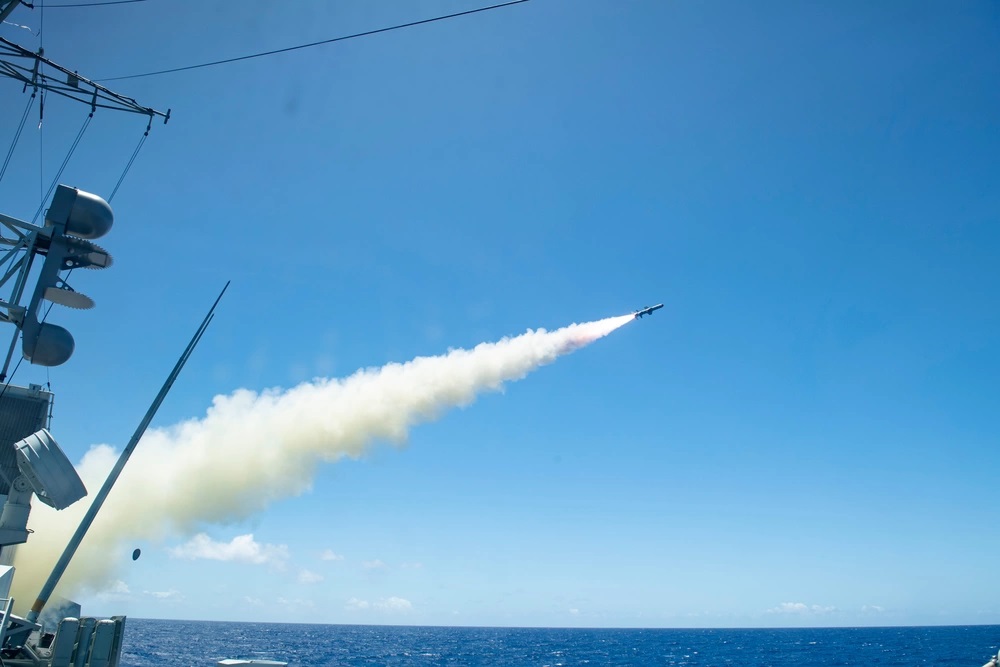Taiwan’s Ministry of National Defense announced Monday that it has begun the process of building two Harpoon missile bases to bolster its defenses against China.
A competitive bid was opened to potential contractors from June to mid-July this year, with a new navy command leading the initiative.
A contract for the first Harpoon missile base in the southern city of Tainan was awarded on August 22, though the ministry has not disclosed the cost or which vendor won the tender.
A second agreement was sealed on Monday for another base in Pingtung County, amounting to 1.28 billion New Taiwan dollars ($40 million).
Construction for the two facilities is scheduled to begin later this month and is set to be completed by 2027.
According to local media outlets, a third Harpoon base is currently being considered.
Taiwan’s Harpoon Missiles
The construction of Harpoon missile bases in Taiwan is part of a multi-billion initiative to prepare for the arrival of the American-made weapon systems.
In 2020, the US State Department approved the sale of 100 Harpoon coastal defense systems and related equipment to the island nation for $2.37 billion.
Washington also announced a $1.1 billion arms package for Taiwan in 2022, which included $355 million for 60 Harpoon Block II missiles that can be used against Chinese vessels.
The weapons are expected to arrive in Taipei by 2030.
In service since 1977, the Harpoon anti-ship missile is known for its sea-skimming cruise trajectory that ensures high effectiveness in attacking surface ships.
Its modern variant, the Block II, expands the capabilities of the legacy missile as it now enables land-based strikes.
Preparing for 2027?
The expected completion date of the Harpoon missile bases coincides with US reports that China may launch an ambitious invasion of Taiwan by 2027.
Earlier this year, US military commander Admiral John Aquilino said the People’s Liberation Army was on track in following the given invasion timeline.
In addition to building Harpoon bases, the Taiwanese government approved a plan to establish new facilities on the east coast to protect the country’s locally-built missiles.



